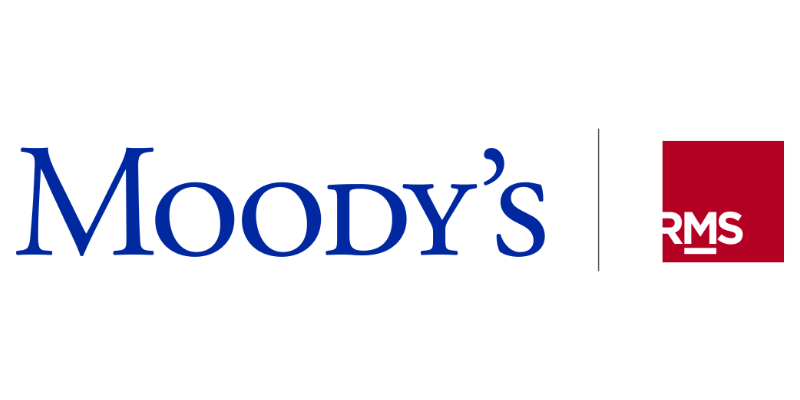The total private market insured losses from Hurricane Idalia are estimated to be between $3bn and $5bn, with a best estimate of $3.5bn, according to Moody’s RMS.
 This estimate represents insured losses associated with wind (between $2.2bn-$3.4bn); storm surge (between $0.5bn-$1.3bn); and precipitation-induced flooding ($0.3bn).
This estimate represents insured losses associated with wind (between $2.2bn-$3.4bn); storm surge (between $0.5bn-$1.3bn); and precipitation-induced flooding ($0.3bn).
Moody’s based its estimates of insured wind and storm surge losses from Idalia on analysis of ensemble footprints in Moody’s RMS Version 23 North Atlantic Hurricane Models.
These ensemble footprints are reconstructions of Idalia’s hazard that capture the uncertainties surrounding observed winds and storm surge, analysts explain.
Wind, storm surge, and inland flood reconstructions and corresponding loss estimates were developed and validated using publicly available data, including wind station observations, river gauge water level data, web reconnaissance, and analysis of aerial imagery.
Jeff Waters, Staff Product Manager, North Atlantic Hurricane Models, Moody’s RMS, said: “Major Hurricane Idalia could have been much more impactful had the storm taken a different track or not weakened just before landfall.
“As a result, the tight gradient of damaging winds combined with limited exposure and low flood take-up rates in the worst-affected area should reduce the overall level of insured losses.”
He added: “Nevertheless, we expect this event will test Florida re/insurers on the heels of new legislation passed over the last several months to stabilize the market and curb the impacts of social inflation.”
Moody’s RMS also estimates around $500m in losses to the National Flood Insurance Program (NFIP) from this event, primarily in Florida, this is in addition to the private insurance market.
These losses, the agency explains, were derived using Moody’s RMS view of NFIP exposure based on policy-in-force data published by FEMA, Moody’s RMS Version 23 North Atlantic Hurricane Models, and Version 1.2 of Moody’s RMS U.S. Inland Flood HD Model.
“While insured losses from Idalia will be driven by wind and storm surge, flood could contribute up to a third of the total event losses. Insured wind and NFIP losses will be driven by residential lines, while private market water losses will be dominated by commercial and automobile lines, mostly in Florida,” analysts noted.
Julie Serakos, Senior Vice President, Moody’s RMS, added: “Prior to Idalia, Florida’s ‘Big Bend’ region was largely untested by landfalling major hurricanes. Much of the building stock affected by Idalia is older and built before the onset of statewide building codes during the 1990s.
“However, wind observations from the event suggest Idalia’s wind speeds were just around the design windspeed levels for the region. In addition, newer roofs on many properties installed in recent years after Hurricanes Irma and Ian should help minimize extensive damage in Florida.”
“As for water impacts, Idalia caused significant storm surge-related damage in several areas along the Florida and southeast US coastlines. For inland flooding, while it was wide in its extent, it was nominal in severity.”
Earlier in September, catastrophe risk modeller Karen Clark & Company (KCC) had pegged privately insured losses from Hurricane Idalia at close to $2.2 billion, the majority of which relates to wind and storm surge impacts in the US.
With a combination of strong winds, storm surge, and heavy rainfall to coastal and interior areas of Florida’s Big Bend region. It was also the first major category hurricane to make landfall in this area since recordkeeping began in 1842, and the eighth major hurricane to make landfall in the continental US since 2017.


